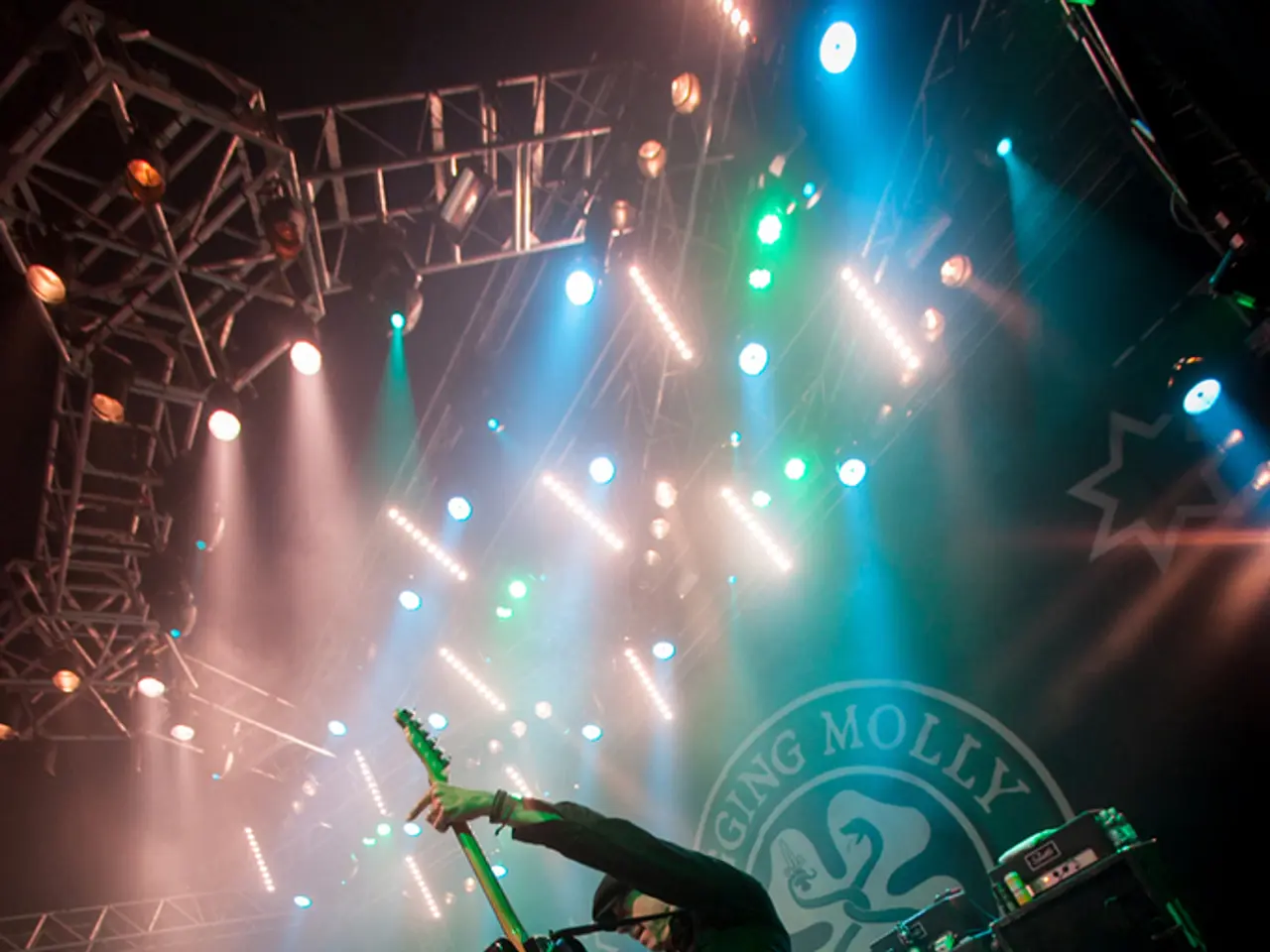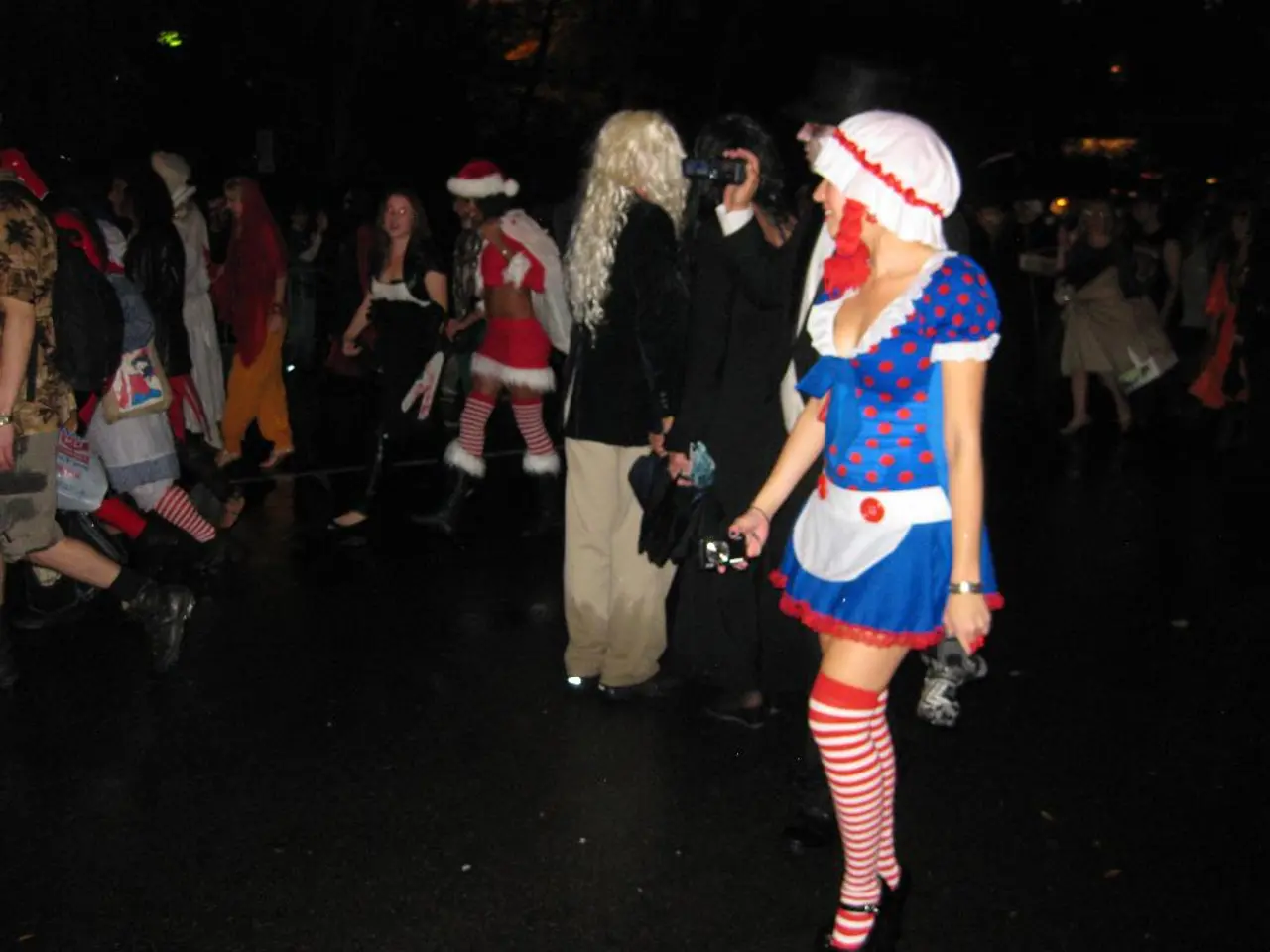Toy Industry Transformation: The Impact of Action Figures Featuring G.I. Joe, Darth Vader, and He-Man
In the realm of collectibles, few items have captured the imagination and wallets of enthusiasts quite like action figures. From the 1960s to the present day, these intricate toys have transformed the playtime experiences of generations and left an indelible mark on the toy industry.
One of the earliest and most influential action figures was G.I. Joe, introduced by Hasbro in 1964. Conceived by designer Stanley Weston as a "masculine" counterpart to the female dolls for girls, G.I. Joe marked the beginning of gender-specific marketing in toys. To distinguish them from traditional "dolls," Hasbro coined the term "action figure," which has since become standard for boys' poseable toys.
Initially, G.I. Joe featured 12-inch figures, but a rebrand and relaunch in 1982 as "G.I. Joe: A Real American Hero" saw a shift to smaller 3.75-inch figures. This refresh, accompanied by a set of defined characters emphasizing American heroism, revitalized the brand and expanded its reach. Cross-media marketing, including comics and an animated TV series during the mid-1980s, further boosted G.I. Joe's popularity, turning it into a cultural touchstone for generations.
G.I. Joe's influence on the toy industry was profound. The introduction of the term "action figure" and the success of militaristic, articulated male figures led to a shift in toy marketing towards gendered segmentation. Boys were encouraged to play with themes of combat and bravery, while reinforcing traditional masculine roles.
Meanwhile, Mattel's "Masters of the Universe" figures, slightly larger at 5.5 inches, became popular in the mid-1980s. Unlike G.I. Joe, these figures were not based on a film but on a universe created by the company through comic books and an animated TV series. Despite being temporarily discontinued due to oversaturation and a shift in target audience, "Masters of the Universe" figures have been reissued in new designs and continually expanded upon with the release of new films and series from the franchise.
In recent years, action figures from the "Marvel" universe like Iron Man, Captain America, and Hulk have gained popularity. Kenner, known for marketing "The Six Million Dollar Man" action figures, also played a significant role in the action figure market, securing the contract for "Star Wars" action figures. Kenner's CEO Bernie Loomis decided to release the "Star Wars" figures in a smaller scale of 3.75 inches due to size and price constraints, a decision that would become standard for action figures.
Previously discontinued figure series like "Star Wars" and "Masters of the Universe" have seen a resurgence, with new films and series from these franchises driving the release of new figures. Today, action figures are still a billion-dollar business, with both children and adults comprising the target audience.
G.I. Joe, originally discontinued, has endured the decades and is now considered an American icon. It has appeared in various toy incarnations, as well as films, TV series, comics, and video games. Despite initial attempts to incorporate female figures within caregiving roles, G.I. Joe's success helped solidify action figures as a profitable and enduring category, inspiring many other toy lines and associated media franchises.
In summary, action figures have evolved significantly since their inception, shaping the toy industry and reinforcing mid-20th century societal gender norms. They have provided generations with a means to engage in imaginative play and have become a billion-dollar business that continues to captivate collectors and enthusiasts alike.
References:
- The History of G.I. Joe
- The History of Action Figures
- Gender and G.I. Joe
- G.I. Joe: A Real American Hero
What about the intersection of action figures and other realms of pop-culture? Fashion-and-beauty, entertainment, and even lifestyle magazines often feature stories on rare action figures, focusing on their designs, backstories, and cultural impact. For instance, a 2000s issue of Teen Vogue might have an article about the latest trendy action figures alongside pieces about popular fashion and beauty products.
Moreover, action figures have also contributed to the discourse in pop-culture, particularly in terms of fashion. The iconic look of characters like Wonder Woman and Black Widow have sparked fashions trends, as their action figures inspired cosplay and fashion designs in the real world, blurring the lines between toys and lifestyle.








